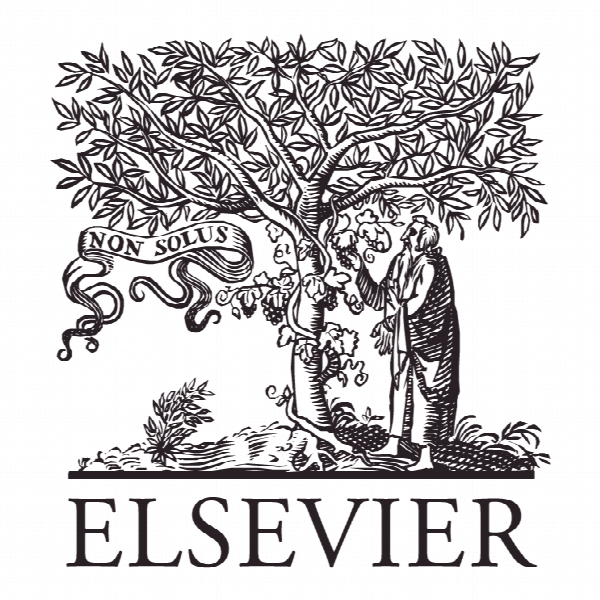اتحادیه ها در یک بازار کار اصطکاکی Unions in a Frictional Labor Market
- نوع فایل : کتاب
- زبان : انگلیسی
- ناشر : Elsevier
- چاپ و سال / کشور: 2017
توضیحات
رشته های مرتبط اقتصاد
گرایش های مرتبط اقتصاد پولی
مجله اقتصاد پولی – Journal of Monetary Economics
دانشگاه Institute for International Economic Studies, Stockholm University, Sweden
نشریه نشریه الزویر
گرایش های مرتبط اقتصاد پولی
مجله اقتصاد پولی – Journal of Monetary Economics
دانشگاه Institute for International Economic Studies, Stockholm University, Sweden
نشریه نشریه الزویر
Description
1 1. Introduction 2 Labor unions play an important role in many labor markets in many countries. There is also a 3 large body of literature within labor economics focusing on how union presence influences labor market outcomes. Yet, there is relatively little work studying the impact of this institution on the 5 labor market when this market is described as having frictions and featuring unemployment due to 6 these frictions. Since search and matching models have come to play a central role as a workhorse 7 for macroeconomic labor market analyses, this gap in the literature leaves open important ques- 8 tions: What is the impact of unions on unemployment and wages? How do unions affect how 9 strongly unemployment varies over the business cycle? What institutional settings are desirable, 10 when considering rules regarding union coverage? The model can be interpreted as representing either the aggregate labor market or an in- 12 dustry labor market, but in either case, the focus is on the case of a “large” union, which has 13 monopoly power over some group of workers. This case is particularly relevant for many Euro- 14 pean economies, in which there is a nationwide union or cooperation/agreements among unions 15 representing different industries. It is also relevant in other settings in which workers cannot eas- 16 ily move across industries and competition among different unions within an industry is limited. 17 The union is assumed to be fully rational, taking job creation into account when making its wage 18 demands, and its objective to be the welfare of all workers covered by union wages. In the model, all workers have the same productivity and fulfill equally productive jobs. We 20 start with the view that union operations are governed by a norm of solidarity and egalitarianism 21 among workers, which leads to the assumption that unions impose identical wages across these 22 workers. This view can be motivated in part by the broad empirical evidence documenting that 23 unions compress the distribution of wages. Such fairness is found to come at a nontrivial cost, 24 however, as it leaves the unionized labor market vulnerable to a potentially severe holdup problem, 25 which leads to inefficiently high wages and low job creation.


